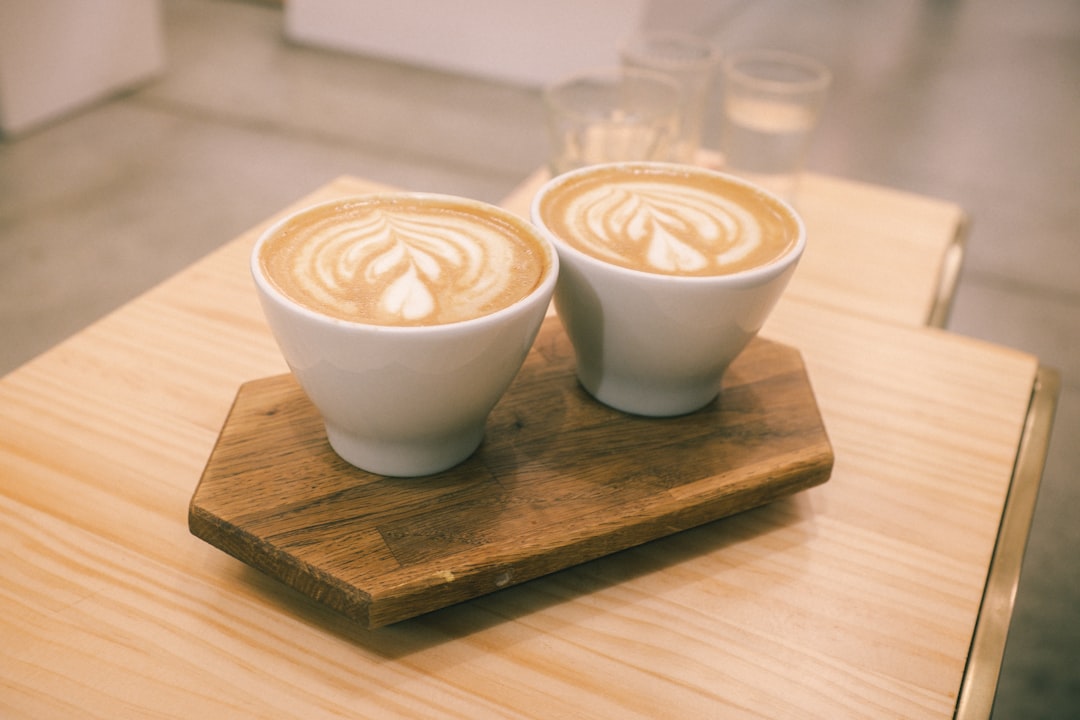What is it about?
This article explores the role of Muslim scholars ('ulama') in shaping the use of mechanical timepieces in Cairo in the 18th and 19th centuries. As mechanical clocks and, especially, watches became available in Cairo in this period, 'ulama' drew upon the tradition of miqat (astronomical timekeeping) to facilitate the Ottoman practice of reckoning time from the variable moment of local sunset. 'Ulama' thus extended their authority over a new aspect of material culture, while furthering the use of watches as instruments of precision measurement.
Featured Image
Why is it important?
Ottoman interest in new technologies in the 19th century is typically understood as part of the emergence of modernization projects and new kinds of scientific institutions and scientifically trained actors. By contrast, this article, the first to examine mechanical timekeeping in Egypt prior to the late 19th century, shows how traditionally educated scholars took the lead in fashioning the use of a new technology. The article demonstrates the enduring relevance of a scientific tradition (miqat, astronomical timekeeping) practiced by Muslim scholars, for whom the increasing availability of mechanical timepieces in Ottoman cities was an opportunity to make their knowledge speak to new audiences. The article builds on a growing literature on Ottoman temporality, while expanding our historical view of 'ulama' and their authority, of the material culture of Cairo, and of science and technology in an Islamic context.
Read the Original
This page is a summary of: POSITIONING THE WATCH HAND: ʿULAMAʾ AND THE PRACTICE OF MECHANICAL TIMEKEEPING IN CAIRO, 1737–1874, International Journal of Middle East Studies, July 2015, Cambridge University Press,
DOI: 10.1017/s0020743815000513.
You can read the full text:
Contributors
The following have contributed to this page










